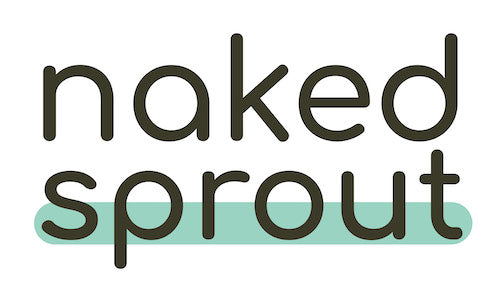How do you Make Recycled Toilet Rolls?

Toilet rolls shouldn’t cost the earth. The soft sheets of tissue that hang in our bathrooms start on a roll, end up in the sewers, and have a very basic job to do in-between!
Despite this, many large manufacturers are still using virgin timber to manufacture toilet rolls. At Naked Sprout we have joined other eco-manufacturers making toilet rolls out of bamboo which needs less land and water to grow than traditional timber sources, but bamboo toilet paper is a recent innovation. The old sustainable alternative is recycled toilet rolls. So how are recycled rolls actually made?
In 2023 we added recycled rolls to our range, and we’ve gone the extra mile to make our rolls a modern sustainable marvel.
So here’s a roundup of the way recycled toilet rolls are normally made, and the Naked Sprout difference!
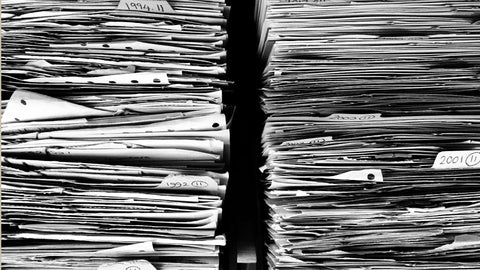
Raw Materials
Companies making recycled paper and tissue products have a veritable smorgasbord to choose from. Paper is one of the most readily and widely recycled consumer materials, and nearly all of it - newspapers, office papers, magazines, and cardboard boxes can theoretically be recycled.
Obviously it doesn’t all get turned into toilet rolls, and the paper makers of different industries have different forms of material that they prefer. For years, the industry standard for recycled toilet rolls has been to use office paper, the kind that would have been used to print out reports, memos, and minutes. This is collected by recycling companies who sort the paper and then sell to manufacturers.
There’s a problem here. The trend for more remote working was massively accelerated by the COVID-19 pandemic, and this, combined with the unceasing rise of digital technologies, means there is less office printer paper around.
As a result, manufacturers need to go further and further afield to secure the amounts of paper that they need, and the emissions associated with the collection of this material are climbing.
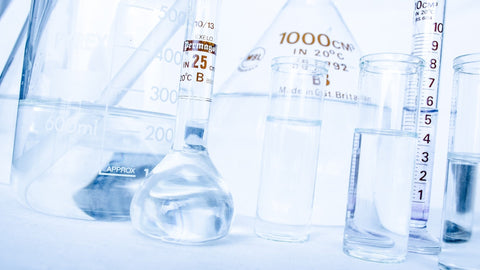
Bleaching
The collected waste paper is pulped with water, turning it into a very fine mix or slurry.
At this stage the manufacturers using office paper have a problem. If you take white paper, print on it with mostly black ink, and then break it down, you end up with a pulp that is an unappealing shade of grey. There are methods that can be used to remove some of the ink, but the most common way of whitening tissue pulp is bleaching it.
We’ve written about the damage bleach does to our environment in other posts. These days, most ecologically-minded companies will use a chlorine-free bleaching method to whiten their rolls. This is less damaging to the environment than chlorine bleach, but bleach doesn’t grow on trees. It has to be produced, packaged, and transported, with all the extra road miles, packaging, and energy this entails.
All for the sake of the cosmetic appearance of something you’re going to use to wipe your bum.
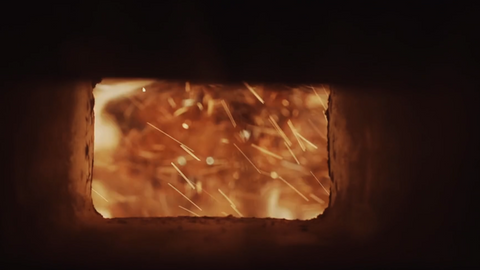
Drying
Once the raw material has been refined into pulp, and bleached, it is sprayed on a huge continuous mesh sheet, where water is drained away. It is then pressed between huge rollers, and dried.
We’ll take a minute to highlight the drying part of the process, because this is where the biggest chunk of carbon emissions comes in.
To make this huge damp sheet of tissue strong enough to wind, you have to dry it. For the vast majority of manufacturers, this means blasting the rolls with air that has been heated in a furnace fired by natural gas. Continuously blasting hot air on damp tissue pulp requires a lot of heat, and making a lot of heat requires a lot of gas, meaning a lot of climate-changing CO2 emissions.

The Parent Roll Trap
At the end of the drying stage you have a huge, dried roll of tissue, called a “Parent Roll”. We’ve included a picture of one above, so you can get an idea of the size we’re talking about.
In theory, the next stage in the life of a parent roll is to be wound into narrow logs, which are then perforated and cut down further into the short rolls we use at home. But in practice, parent rolls often have a journey ahead of them.
Many companies selling recycled toilet rolls don't actually completing any of the previous stages themselves. Instead, they buy parent rolls produced overseas, and import them to their UK-based “converting facilities” where they cut them down and package them in their branded boxes.
It’s perfectly legal to describe this final stage as “making” for the purposes of saying your products are “made in the UK,” but we think it’s a bit misleading. For companies operating converting facilities, the stages of manufacture that are most intensive in terms of labour, fuel, and chemicals have already been completed. Most of the rest of the process can be done automatically by machines.
We should point out that some manufacturers (particularly the large supermarkets) will be in a position to manufacture their own parent rolls, so if you’re not sure what a company means by their toilet rolls being “made in the UK” it’s worth asking if they are importing parent rolls or actually making them themselves.

The Naked Sprout Way
When we decided to make our own recycled rolls we started from the ground up, removing or massively reducing the environmental impact of raw materials, bleach, drying and transport.
According to our thorough, detailed Life Cycle Assessment, our rolls produce one third of the CO2e emissions of standard UK-made recycled rolls. How did we get so low?
Raw Materials
We’ve covered the problem facing the companies who use office paper for their recycled rolls, these days there’s just less office paper going around.
So why use office paper at all? Why not try using something else?
That’s exactly what we’ve done, developing toilet rolls made from recycled packaging materials; waste cardboard boxes and brown paper. Not only are these materials already being collected in large loads by recycling companies, they are actually growing as a source, thanks to the rise in home deliveries.
We collect some of this from kerbside “recycling box” collections, and some from supermarkets in the area around our factory. So the emissions for this collection are low, particularly compared to increasingly stretched supplies of office paper.
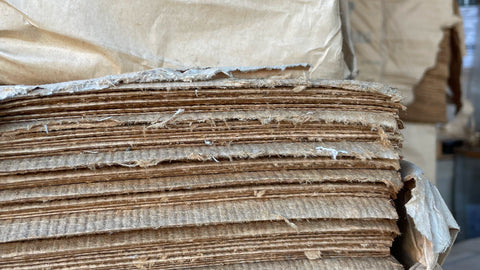
Bleach
Using cardboard boxes instead of office paper solves another pollution problem - we don’t have to bleach it. While the pulp you get from office printer paper turns a rather sad grey, our cardboard pulp is a warm pinkish brown, a lovely shade all on its own with no cosmetic enhancements needed!
We started Naked Sprout with the firm decision that we wouldn’t use bleach to whiten toilet rolls, and the cardboard means we don’t need to, meaning the water we use to make our rolls can be sent back to the river in the same condition as it was taken.
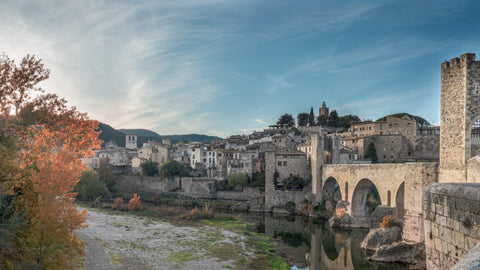
Drying
With our cardboard pulped keeping its natural colour, we’re ready to form and dry the rolls. So this is the big part - how are we avoiding the sky-high emissions that come from using natural gas in our furnaces?
We’re not using natural gas in our furnaces. Instead our thermal energy comes from biofuel in the form of twigs and bark that’s collected from the forest floors in the area around our factory, and methane gas collected from local sheep farms!

Parent Rolls
Once we’ve collected and pulped our cardboard, not bleached it, and dried it with the help of some gassy sheep, how do we transport our parent rolls to the facility where they’re going to be converted?
They’re already there. Our B Corp certified factory in Spain completes every stage of manufacture, from the moment our raw materials reach them to the individual finished rolls, ready to be transported by electrified rail to the UK.
We’re incredibly proud to be making our products, from the pulp to the finished boxes, under strict B Corp standards, with a living wage for everyone working at our factory.

Conclusion
That’s it - the whole process of making our Naked Sprout recycled toilet rolls.
By cutting out office paper, bleach, separate conversion facilities, and fossil fuels used for thermal energy we have made big changes to the average recycled toilet roll.
Want to try our innovative recycled rolls?
